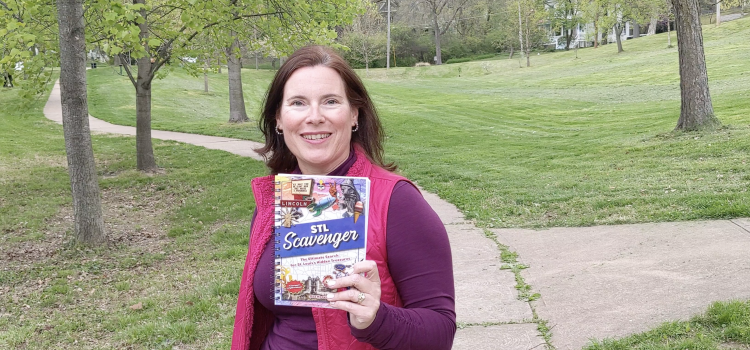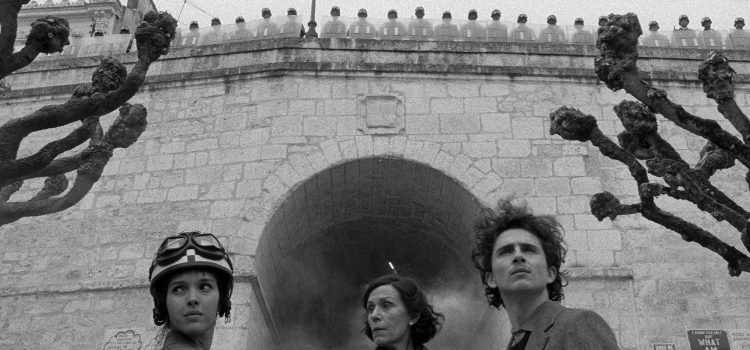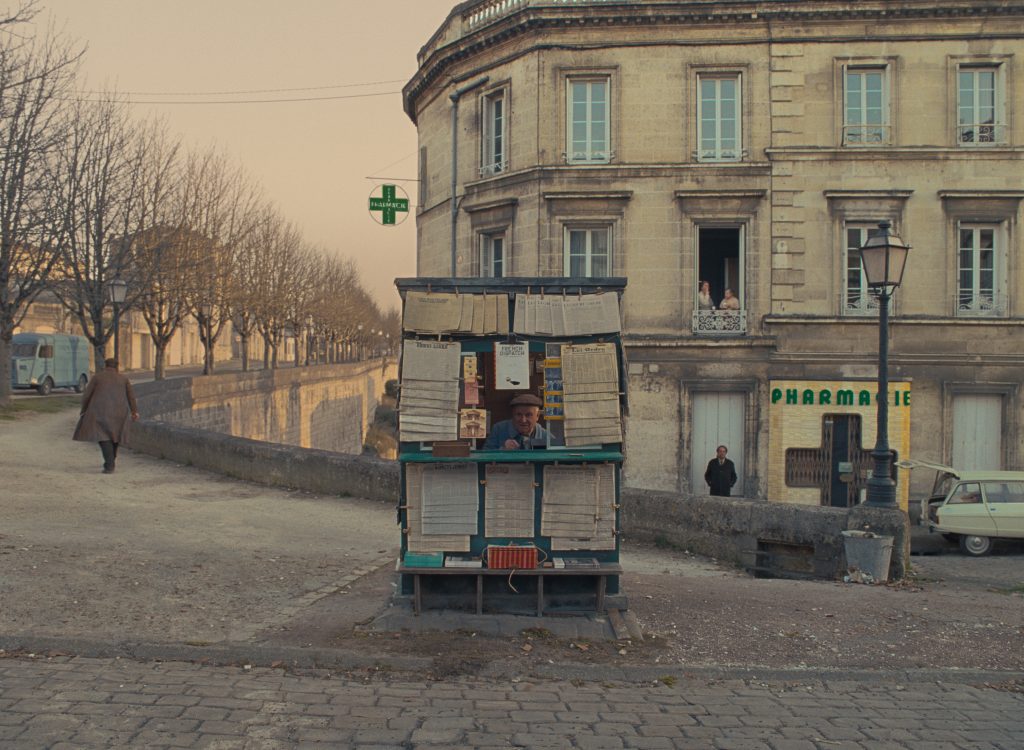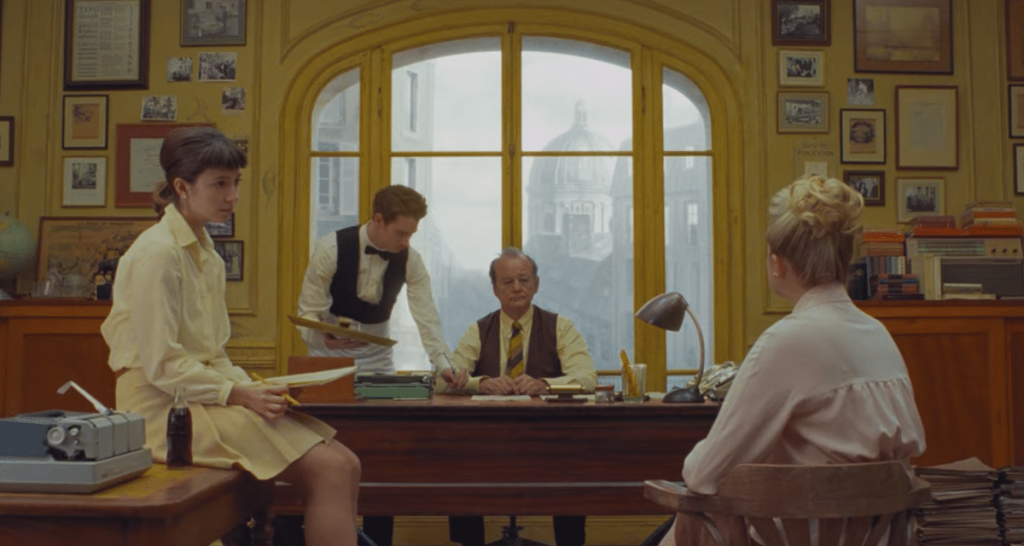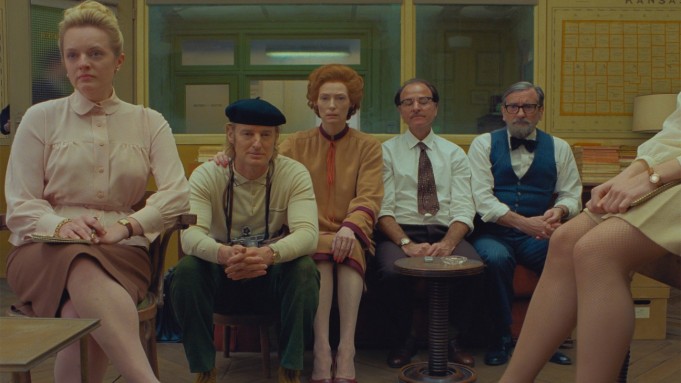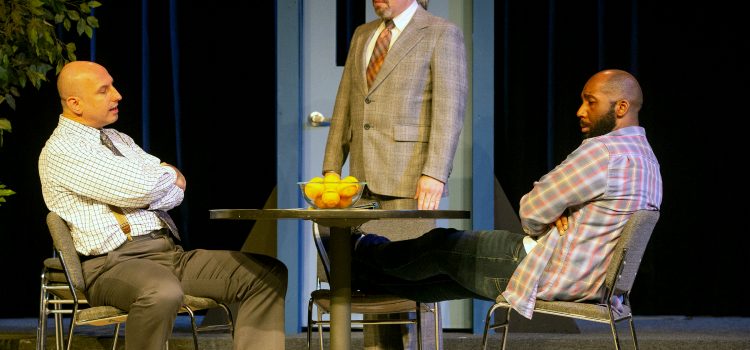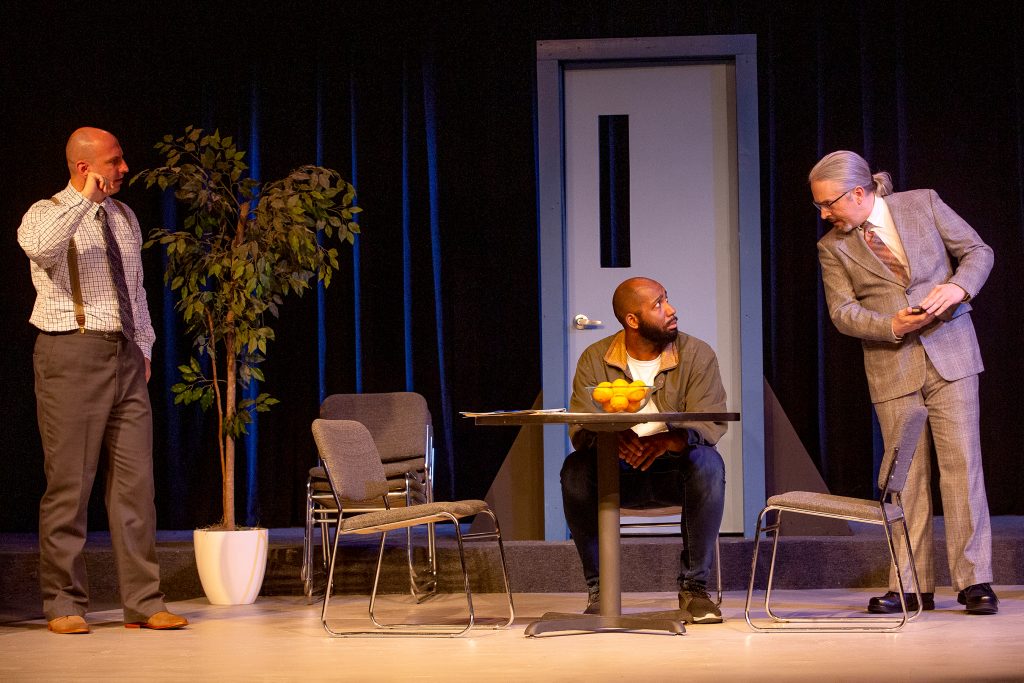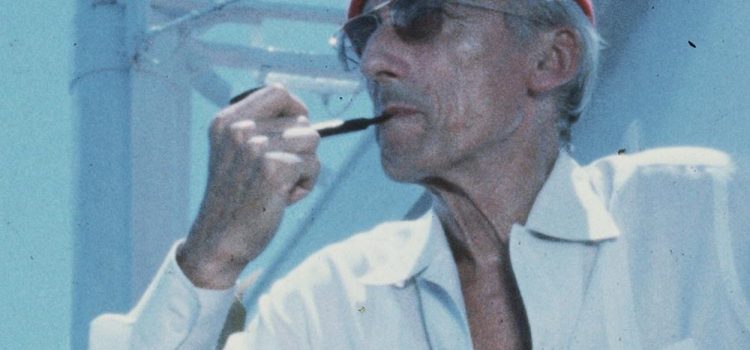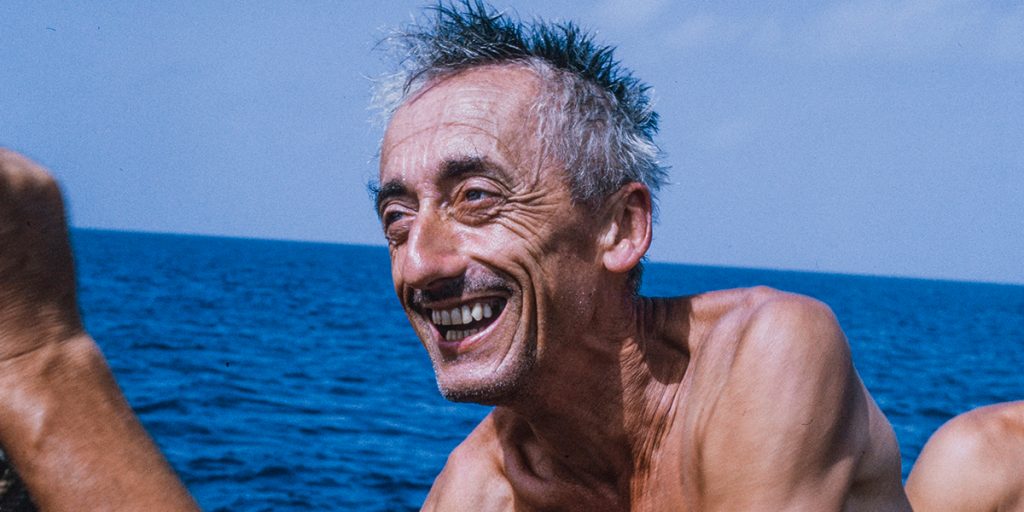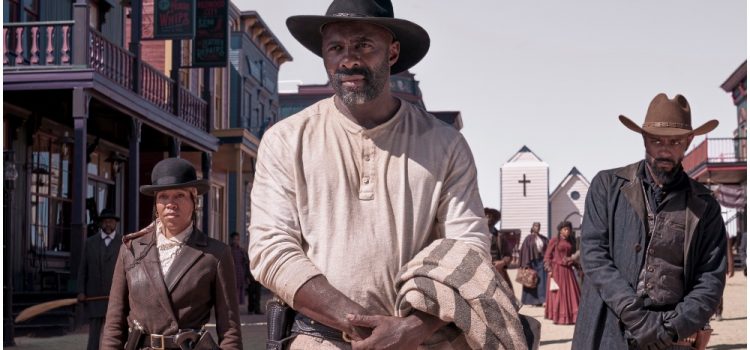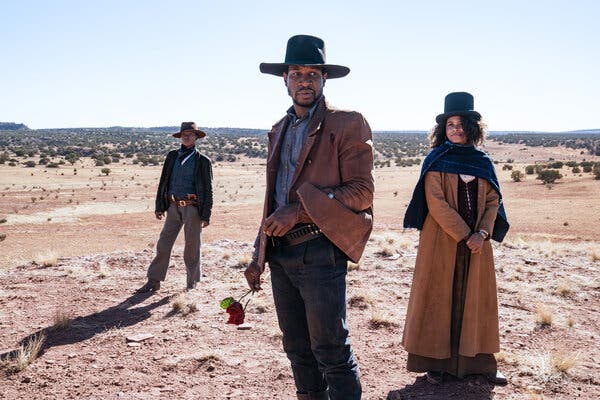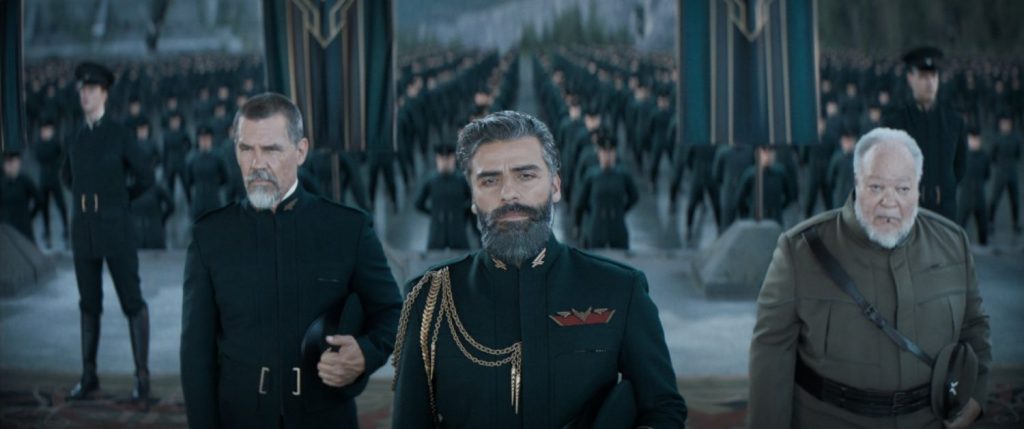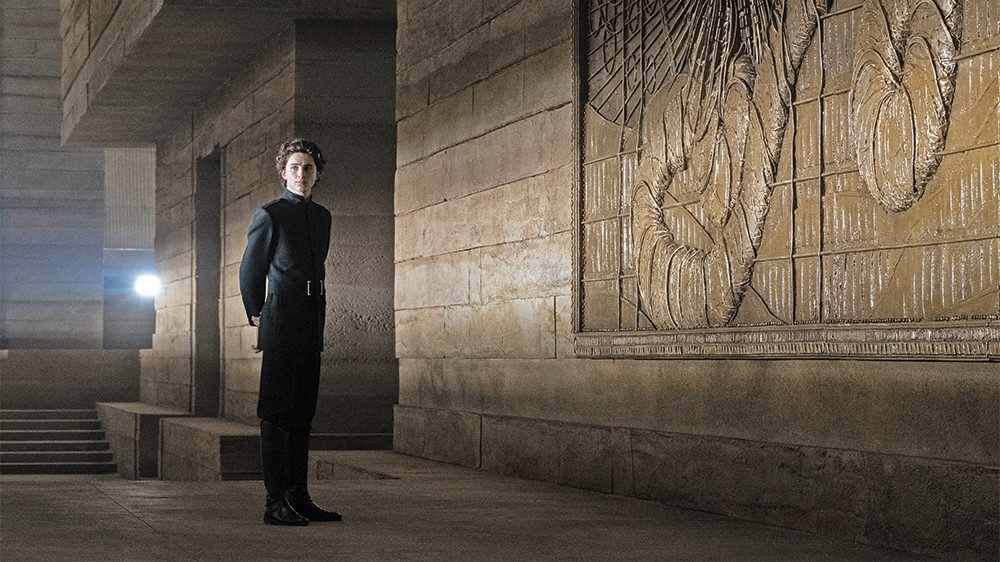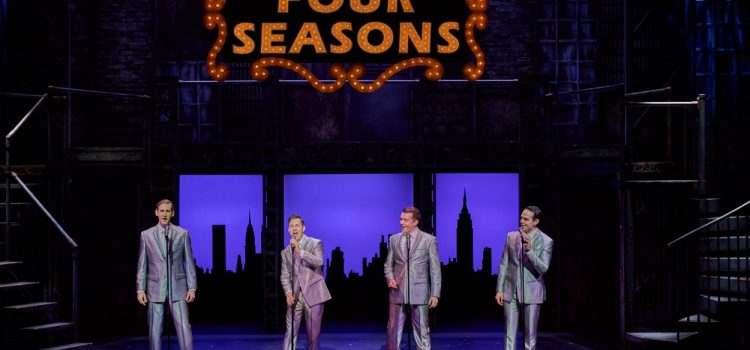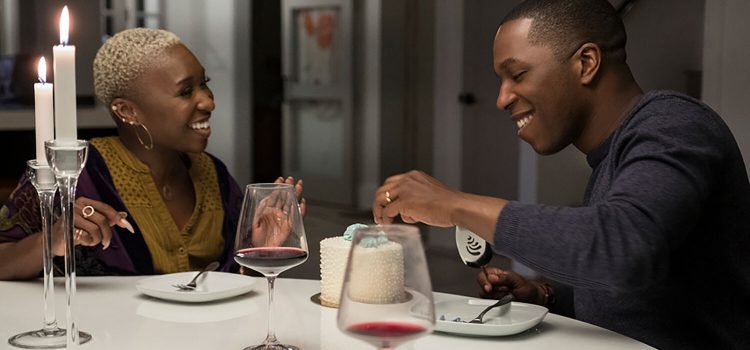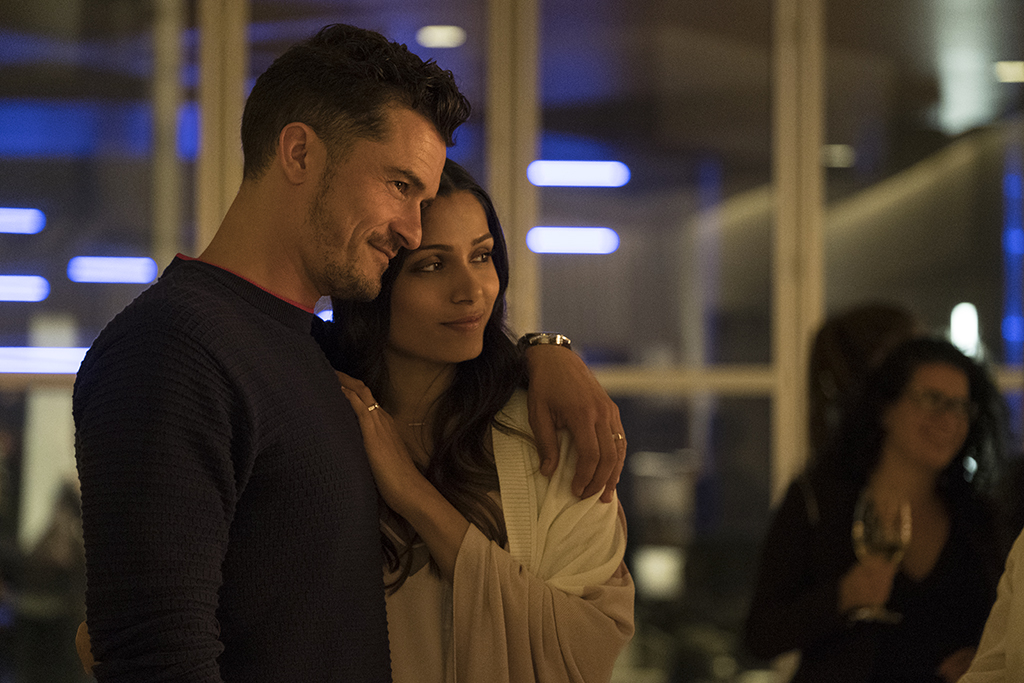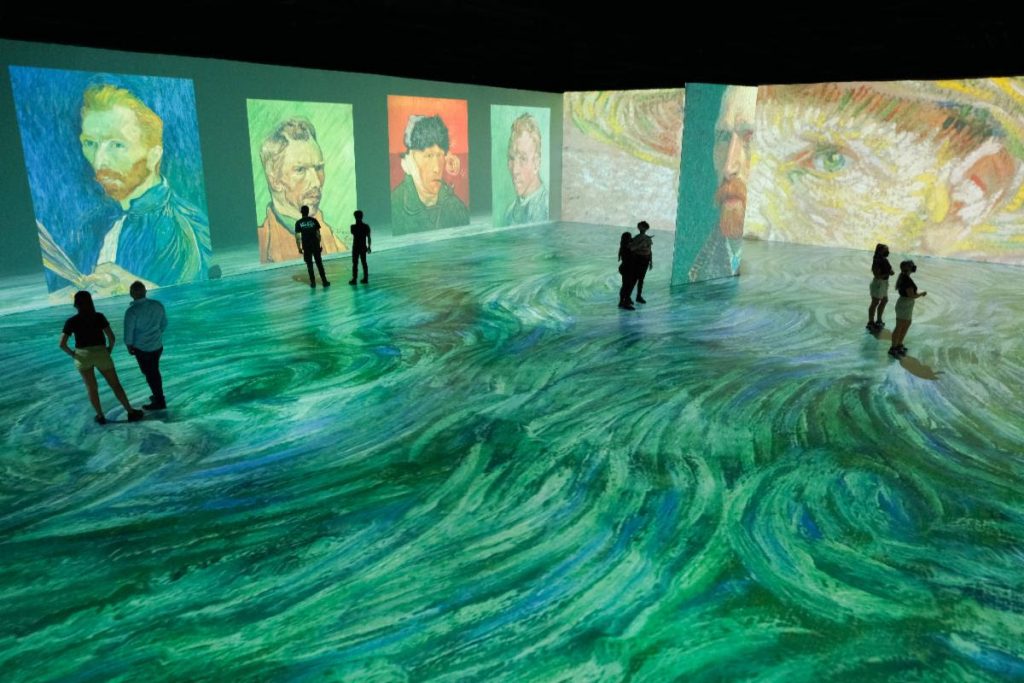Join Her Scavenger Hunt in Her First Book, “STL Scavenger”
By Lynn Venhaus
Portions of this article were published in the Belleville News-Democrat on Aug. 22, 2021.
“How far you go in life depends on your being tender with the young, compassionate with the aged, sympathetic with the striving, and tolerant of the weak and strong. Because someday in your life you will have been all of these.”
~ George Washington Carver ~ Born in Diamond Grove, Missouri
Talk to Dea Hoover for five minutes, and it’s apparent she is a one-woman tourism bureau.
She has turned her passion for the bi-state region into operating two local tour companies and has written her first book, “STL Scavenger.”
In the spiral-bound softcover book, subtitled “The Ultimate Search for St. Louis’s Hidden Treasures,” she features 17 neighborhoods in both Missouri and Illinois areas of the St. Louis metropolitan region, providing clues and photos of buildings, businesses, statues, and architectural details for a scavenger hunt.
Hint from Hoover: look up!
“I want people to find new places that they might not have seen before,” she said. “Plan a day for each section and linger to enjoy the shops, restaurants and parks along your trail of discovery from St. Charles to Edwardsville, and many destinations in between.”
Hoover wanted to provide a one-of-a-kind experience, and with her expert eye and appreciation for the region, she used her extensive knowledge in a new way.
Reedy Press came up with the format so she could ‘gamify’ the experience – an entertaining and educational interaction with local sites. She credits Barbara Northcott, production manager of the St. Louis-based publishing company, with the concept.
“I would have been a rudderless ship without her. I am very grateful,” she said. “She made it so much better. We shortened the rhymes.”
The format allows for taking notes and multiple people participating, she said.
The book was so popular in its initial printing in May that they followed up with a second printing 13 days later, she said.
“The feedback has really made me happy,” she said. “It means something to people here.”
And while the country deals with a continuing coronavirus pandemic, she said that most neighborhoods included are known for their ‘walkability.”
Among her fun facts:
St. Louis is home to the second most free attractions after Washington D.C.
The Gateway Arch is the tallest national monument (630 feet), and the St. Louis Cardinals are the winningest team in the National League.
The St. Louis metropolitan region has 36 colleges and universities.
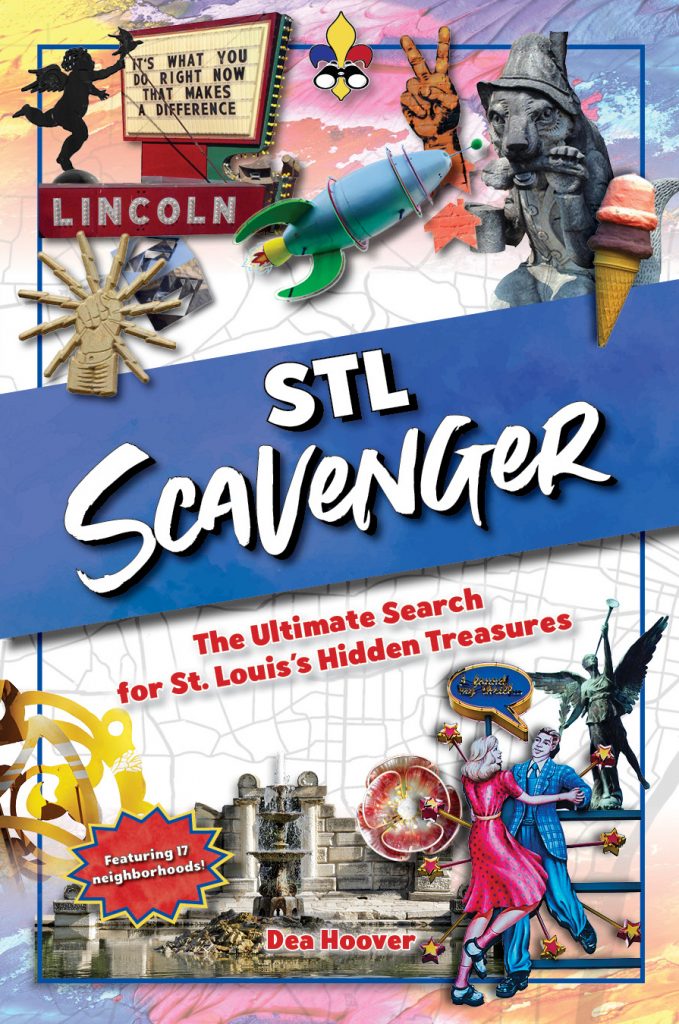
Join the Hunt
She has provided an incentive to answer all 366 clues – a contest, running now through Nov. 15 for submitted entries. On Dec. 1, the contest will conclude with a drawing for $500, first prize. Gift bags from STLMade.com, with tickets to local attractions and gift certificates, will be given for the second and third prizes.
For each correct answer you submit, you receive 1 point. The individual with the most correct answers will win the grand prize, and if there is a tie between multiple individuals, Hoover said they will randomly select the winner. Same goes for the local swag prize packs.
To join the hunt, submit answers and check out a bonus puzzle challenge, visit www.stlscavenger. You can submit the answers as an individual, even if you played as a group. You can’t change your answers once submitted.
You can purchase the book online for $20.95. Order at discover-stlouis.com or to pay by check, call her office at 314-522-6367 or email. Dea said $20.95 + tax puts it at about $23.
The book is also available at local bookstores and gift shops.
You can follow along on social media @STLScavenger and #stlscavenger for extra points, challenges, giveaways, scoring updates, and special events.
The book has an accessible smartphone map.
And even if you do not participate in the contest, the book makes a delightful family activity at any time of year and is a gift idea this holiday season.
With an added twist of intrigue, the book makes a staycation more fun – and is a great way to learn the way for new residents.
“Whether you are a native or just arrived, this book will lead you to new places near and far,” she said.
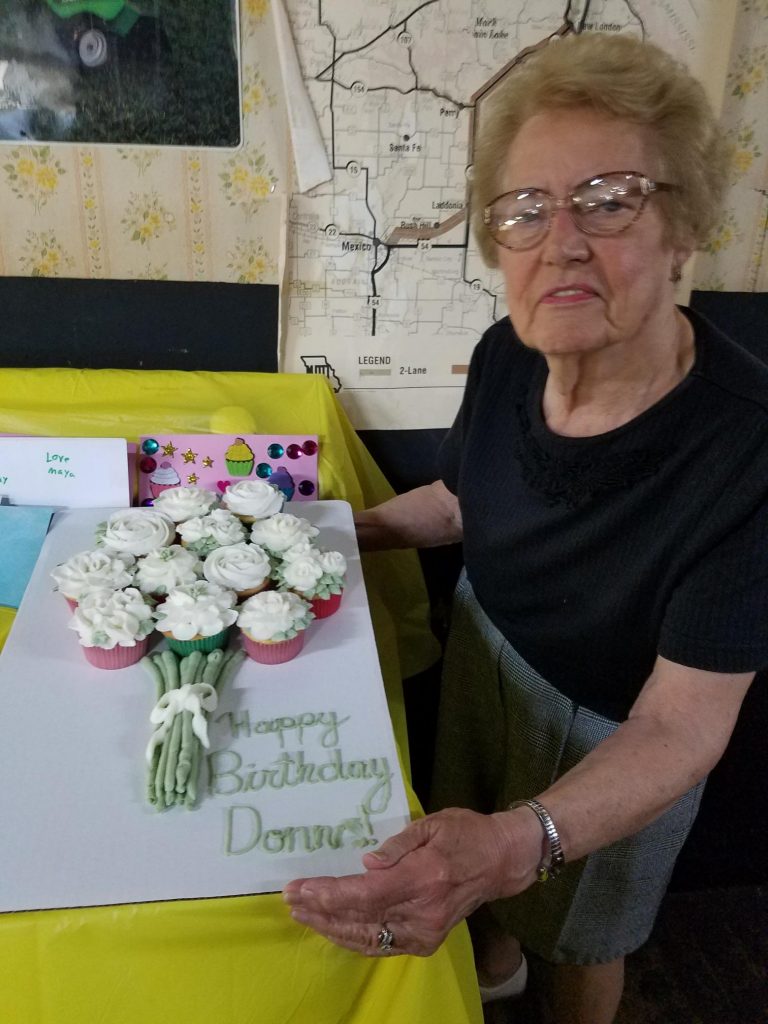
‘Never Come Back the Same Way You Came’
As a tour company operator, Hoover has spent more than 20 years sharing the world with others.
Her love of adventure began while growing up in Vandalia, a small town in Missouri. Her wanderlust blossomed while attending Washington University in St. Louis, majoring in business administration and minoring in English literature.
“I always loved going places and reading. I am always learning whenever I am traveling. It feeds my soul,” she said.
Her childhood was spent in her parents’ Main Street Firestone Tire and Appliance business, where she was involved starting at age 5. A 1965 limited edition Mustang was her pride and joy as a teenager. For Firestone fans, she says she is “gum-dipped.”
Her mother still operates the Main Street retail business; her father is deceased.
“My parents gave me a great gift. Every year, we would come to St. Louis. We’d go to a ballgame, the Zoo and Six Flags,” she said.
“Never come back the same way you came” is her mantra.
Her full-service tour company, Are We There Yet? expanded its operations in 2008 when she acquired St. Louis’s first local receptive tour operation, Discover St. Louis LLC, which was founded in 1975.
She enjoys living a whirlwind existence on the go. For instance, this summer, she was on a day trip to Grafton, and then the next morning, left for a week’s tour in Delaware.
She is past president of the St. Louis Professional Tour Guide Association and previously served on the board of the Missouri Travel Association.
Hoover teaches classes on travel and tour conducting at St. Louis Community College and is a frequent guest speaker for corporations and private organizations.
Her father enrolled her in a Dale Carnegie public speaking course at 16, and she considers that “one of the bedrocks of my success in sales and public speaking.”
She spoke about Missouri’s past in The History Channel’s documentary, “The States.”
Dea and her husband, Declan Rutan, live just across from The Hill in the Southwest Garden neighborhood. She plays on a league at the Italia-America Bocce Club weekly and is vice president of The Hill Business Association.
“Declan jokes they moved the line when they found out he was Irish,” she said.
Hoover described him as her “partner in tourism and rhyme.” Together, they have visited six continents, with Antarctica next on the list.
He helped rhyme the questions.

Answers to the Take Ten Questionnaire:
1. Why did you choose your profession?
“Serendipity. I was working at Saturn and a customer worked for a tour company. I realized being a tour guide might be a good fit. I started 18 months before 9/11 as an over the road tour director. It was tough to continue but it is my passion. I hunger to learn and traveling feeds that hunger. And what makes learning fun is sharing it with others. I am gregarious and love helping people. I’ve found my home.
2. How would your friends describe you?
“Open, happy, outgoing, direct, compassionate, empathetic, knowledgeable, connected.”
3. How do you like to spend your spare time?
“I love TV, movies, and live theater. I grew up in a small-town tire and appliance store. We had the first VCR in town and had the first big screen. Our movie theatre was built by two doctors who saw that there needed to be some sort of entertainment in town to keep the kids employed and occupied. As a teenager I saw two plays that I will never forget, ‘Joseph and the Amazing Technicolor Dreamcoat’ at a Washington, D.C. Dinner Theater and ‘Cabaret’ at Stephens College in Columbia, Mo. I acted in plays in high school and participated in drama competitions. I love and support live theatre, even having served on two boards!
And of course, I read. These days I listen since I can check books out of the library, and it gives my eyes a rest.
4. What is your current obsession?
“Goliath” — love Billy Bob Thornton.
Podcasts – “Terrible, Thanks for Asking” (Nora McInerny) and “Unlocking Us” (Brene Brown)
5. What would people be surprised to find out about you?
“That I love to knit.”
6. Can you share one of your most defining moments in life?
“Winning the Olin Cup Championship as a sophomore at Washington University. As a first-generation college student, Wash U. was a deep pond, more like an ocean for me. I was on a team with twin brothers who had graduated from the Illinois Math and Science Academy. I graduated from Van-Far R-I School District, which is quite a difference. When we won, we beat the seniors. They were not happy. We had a professor who had coached us through the process. It taught me that if you know someone with experience*, ask for it and use it. Dad had the foresight to send me through Dale Carnegie at 16 and that made a huge difference. He and Mom were Dale Carnegie graduates when they were selling insurance and it made a big impact on their lives. That education set me up to succeed at the Olin Cup event. It also prepared me for my life, which is public speaking every day, all day, about 60% of the year.”
When I sold cars at Saturn, my used car manager Ron Weltig taught me: “Experience is what you get right after you need it.” So true! I learned early to ask as many people as I could so I didn’t have to make every mistake in the book.
7. Who do you admire most?
Ruth Bader Ginsburg and Sandra Day O’Connor, along with all the women that paved the way for my generation.
Both of my grandmothers. They raised kids under tough circumstances and lived to their 70s and 80s. Their lived hard lives. I’m not sure I would have made it.
8. What is at the top of your bucket list?
Travel to Antarctica, my seventh and last continent.
Write 10 books before it’s all over.
9. What is your favorite thing to do in St. Louis?
Visit the Zoo.
10. What’s next?
A Walking Tour book of Hannibal, Mo., with Reedy Press
(I was born there because Vandalia, Mo., was too small to have a hospital and Dr. Dougherty had closed his office that had makeshift hospital rooms. And yes, I’m only 50. But it sounds like a pioneer childhood, doesn’t it?
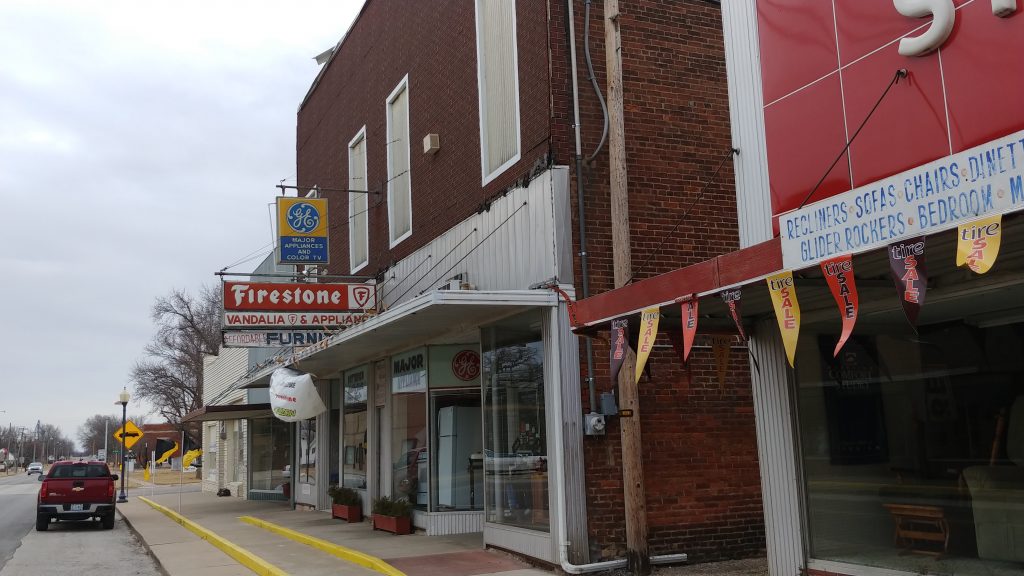
More about Dea (DEE-uh) Hoover
Age: 50
Birthplace: Hannibal, Mo., but my home was Vandalia, Mo., until I was 22
Current location: The Hill in St. Louis
Family: Husband – Declan Rutan and Mom – Donna Hoover, Vandalia, Mo., and proprietor of Vandalia Firestone, Appliance and Furniture at age 81!
Education: Bachelor of Science degree in Business Administration – Olin School of Business at Washington University, with a minor in English Literature.
Day job: Tour Operator
First job: Taking the mail to the post office for Vandalia Firestone. I sold Fuller Brush in high school and then was a server at restaurant.
Favorite places you have been: Ireland, Galapagos Islands and Australia. And I love NYC.
Dream vacation: A trip around the world over a year’s time.
Awards/Honors/Achievements: 2015 Groups Today Innovator of the Year
https://groupstoday.com/component/tags/tag/innovator-of-the-year
Favorite quote/words to live by:
“How far you go in life depends on your being tender with the young, compassionate with the aged, sympathetic with the striving, and tolerant of the weak and strong. Because someday in your life you will have been all of these.” ~ George Washington Carver ~ Born in Diamond Grove, Missouri
And the quote earlier about experience.
A song that makes you happy: “Uptown Funk” – Mark Ronson with Bruno Mars; “Shambala” – Three Dog Night; and “Best Day Ever” – Sly and the Family Stone.
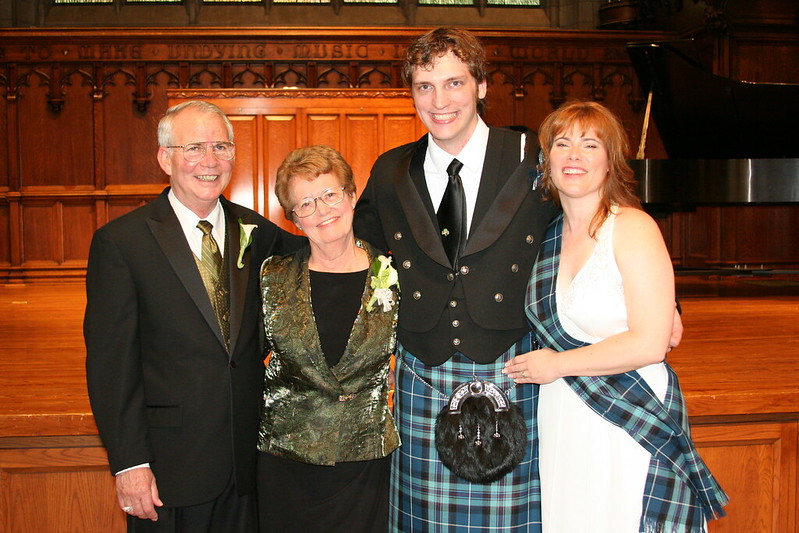
Contact/Information:
Website: www.arewethereyetdea.com
Latest Brochure: www.arewethereyetdea.com/pdf/AWTY%20Brochure.pdf
Facebook.com/arewethereyetdea
Twitter: @stltourgirl
https://www.youtube.com/channel/UCc4OantmYvfmfYmGtJtuFiw/featured
Listen to my podcast interview about STL: https://wetravelthere.com/st-louis-missouri-dea-hoover/
Follow: Facebook.com/stlscavenger
Insta & Twitter: stlscavenger
Check out our sister company for local tours and private tours:
discover-stlouis.com
facebook.com/discoverstlouis

Photos:
We visited Bilund, Denmark, the home of Lego en route to our Norway Cruise in December. These are some of our favorite photos.
Mom’s 80th.
The front of our Firestone store
Our wedding at Graham Chapel and we had our reception at the Whittemore House

Lynn (Zipfel) Venhaus has had a continuous byline in St. Louis metro region publications since 1978. She writes features and news for Belleville News-Democrat and contributes to St. Louis magazine and other publications.
She is a Rotten Tomatoes-approved film critic, currently reviews films for Webster-Kirkwood Times and KTRS Radio, covers entertainment for PopLifeSTL.com and co-hosts podcast PopLifeSTL.com…Presents.
She is a member of Critics Choice Association, where she serves on the women’s and marketing committees; Alliance of Women Film Journalists; and on the board of the St. Louis Film Critics Association. She is a founding and board member of the St. Louis Theater Circle.
She is retired from teaching journalism/media as an adjunct college instructor.

